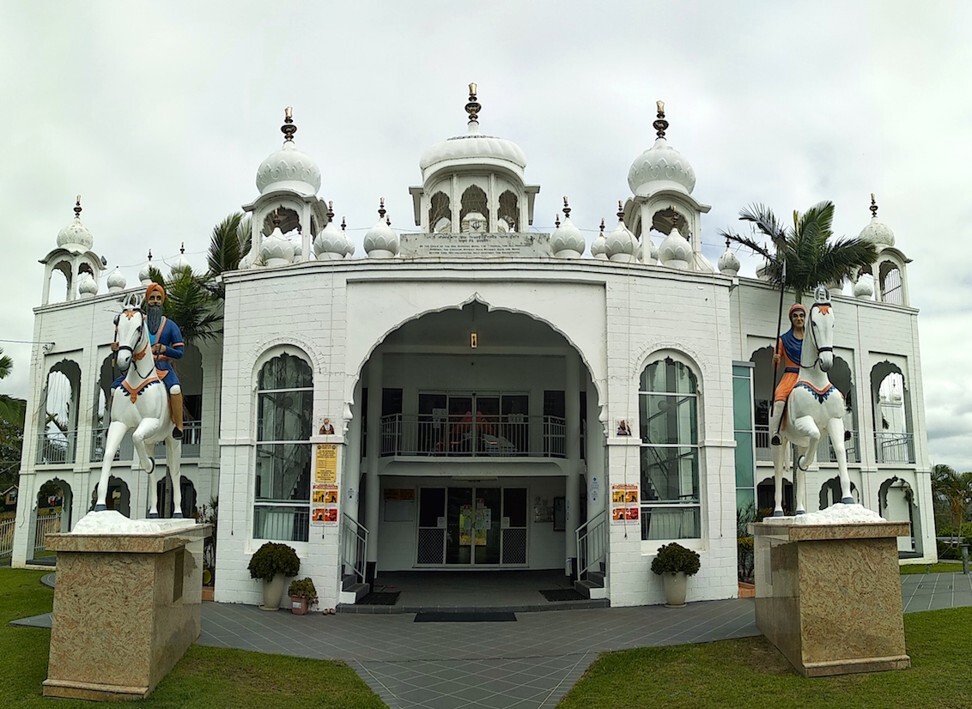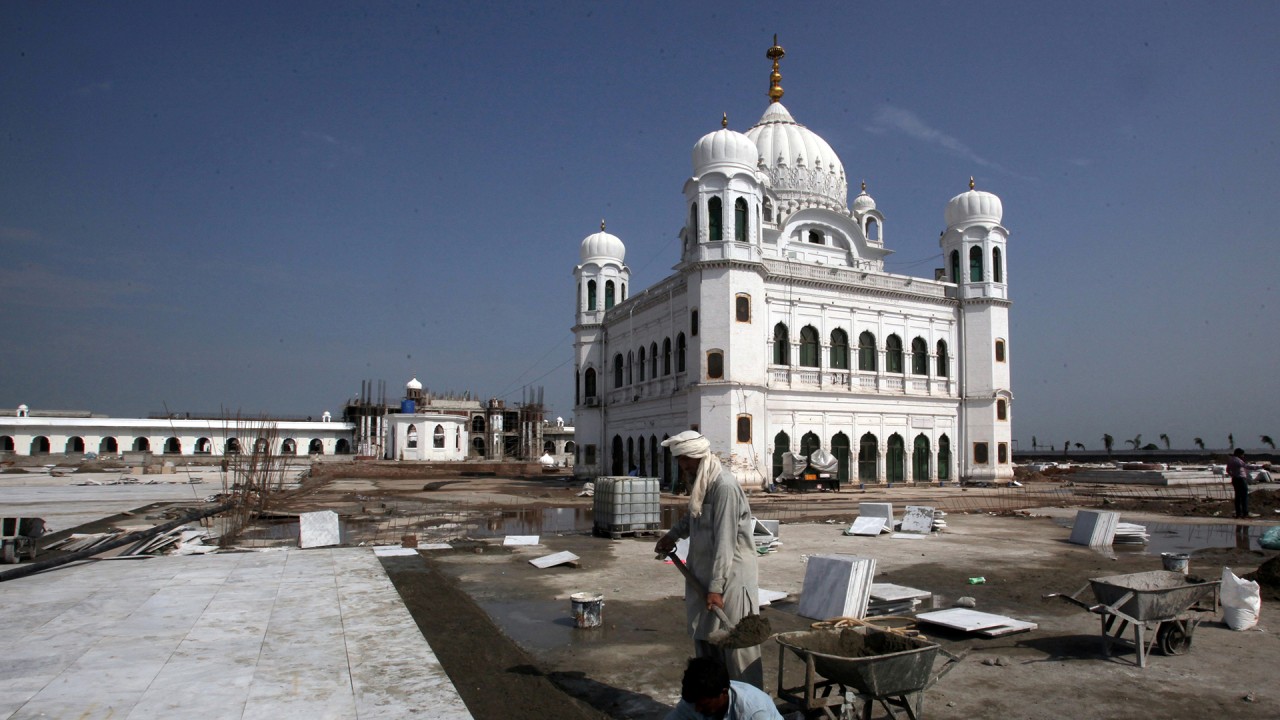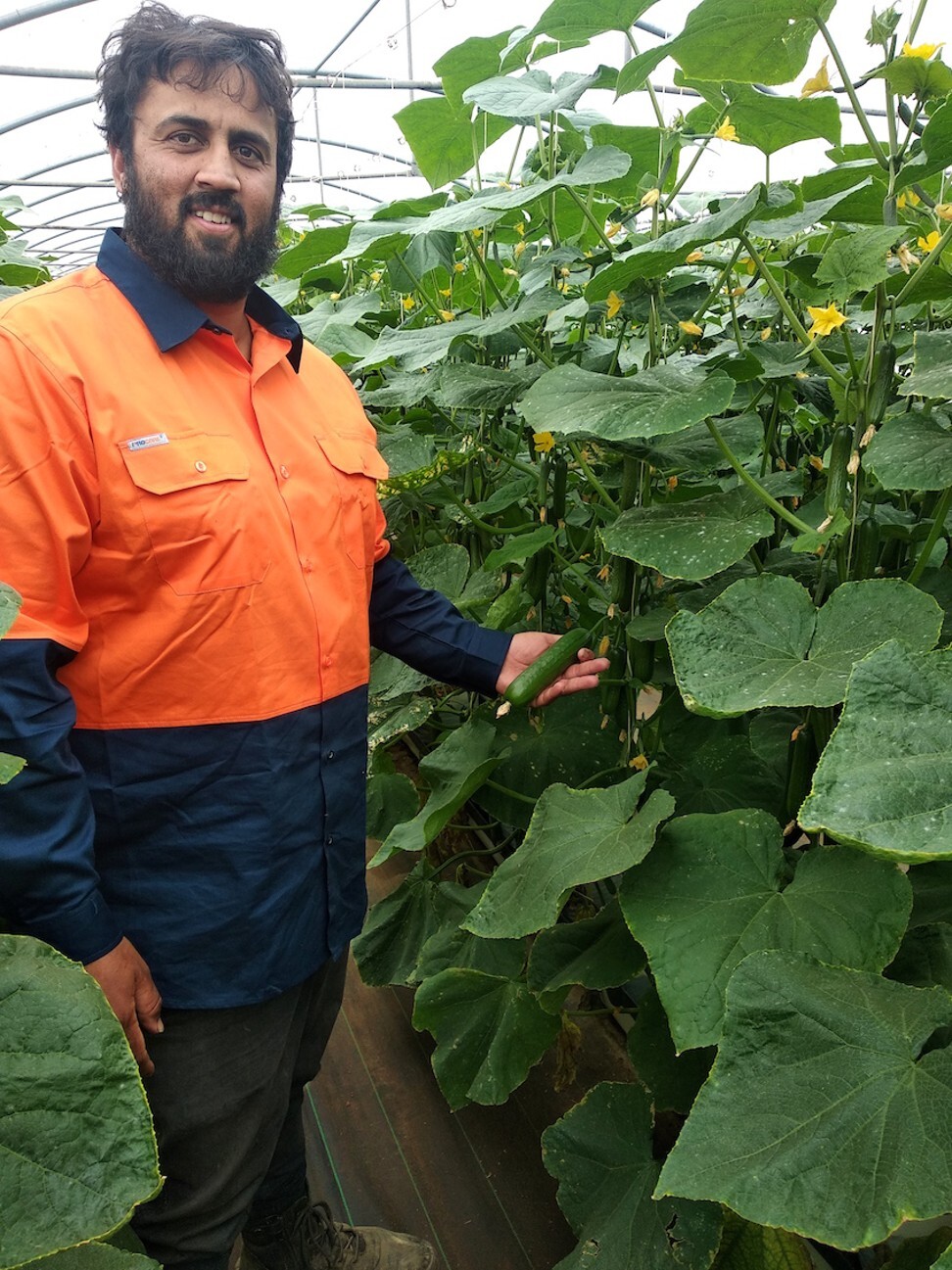
In Australia, a Sikh community thrives where racial animosities are cast aside
- Descendants of indentured Punjabi labourers have turned a small pocket of rural New South Wales into a wealthy farming community
- Traditions of northern India carry on in Woolgoolga, where Sikh temples, fruit plantations and a deep attachment to the land reflect generations of heritage
The Sikhs of Woolgoolga are mainly descendants of labourers from Punjab state in northern India who were brought by the British to work on sugar cane plantations in the 19th century. Several generations later, the Australian offspring of these labourers – and of later waves of Punjabi farmers who came to the region to set up businesses selling various wares – are landowners and wealthy farmers.

Arkan, a third-generation Australian-Sikh, is a councillor on the Coffs Harbour City Council, the governance area of which includes Woolgoolga. He has been re-elected three times since 2008 – once missing out on becoming mayor by just 331 votes.
When he is not attending to his duties as a council member, Arkan runs an Indian spice shop in Woolgoolga and a mobile kitchen, which he takes to Sunday markets in the region to sell his trademark Indian naan with butter chicken and dal curry – foods he says are popular with rural Australians.
Arkan said the votes of the local Sikh community alone were not enough to win him a seat on the council, and that he needed to attract Anglo-Saxon votes, which he said with a hearty laugh that he managed to win “because I talk like them [and] they come and eat my curries”.
When the white colonial settlers arrived in the region at the end of the 19th century, they were attracted to the timber in the forested areas, which they felled for profit. The cleared land was then turned into sugar cane farms and the settlers brought in hard-working Punjabis from farming communities in India to work on the plantations. Many of them were seasonal workers paid only when there was work to be done on the farms.
The Punjabi settlers in the region had mostly become street hawkers during the transition from sugar cane to bananas, but they, too, eventually took to banana farming. By the 1990s they owned most of the plantations and basically controlled the banana market in Australia, and along the way had grown wealthy. In 2017–18, banana production was valued at A$434 million (US$322 million), with the vast majority of the crop sold on the domestic market.
Their wealth gave rise to this little Punjab in rural NSW. During the government’s “White Australia” policy, which lasted from 1901 to the mid-1970s and effectively stopped all non-European immigration into the country, the Sikhs were not allowed to hold freehold property titles. Once the prohibition ended and they began buying up their own land and farming it, they also started bringing in wives from India. When the community grew, they built the first Sikh temple in Australia right in Woolgoolga.
The Woolgoolga Sikhs’ first gurdwara, or temple – a modest brick room built in 1968 – was officially recognised in October 2020 as a NSW state heritage site.

02:07
Indian Sikhs pilgrims cross border into Pakistan to visit holy site
There are now two Sikh temples in Woolgoolga reflecting the grand architecture of a gurdwara in Punjab. The Guru Nanak Gurdwara (named after the founder of the Sikh religion in 1469, Guru Nanak Dev) was opened in 1970; a more elaborate one was built next to the heritage-listed gurdwara (which is now used as a community meeting space) at an estimated cost of A$3 million (US$2.2 million), with funds for its building raised from the local Sikh community and other Sikhs scattered across Australia. Known as “First Gurdwara”, it opened in April 2019.
Swarn Singh Sandhu, a community elder who migrated to Australia in the 1980s and has been a farmer here for 30 years, said the Sikh temples “help to bring the people together and cooperate, especially when it comes to festive times” that help pass religious traditions to the next generation.
He said the Sikhs of the Woolgoolga area used to go to India to find marriage partners, but the new generation usually found partners from within the Indian community in Australia. His three Australian-born sons have done the same, he said.
The Sikh dominance of the banana industry came to an abrupt halt in the 1990s, when the neighbouring state of Queensland started expanding its banana plantations. “They planted too much banana and prices came down, we could not survive,” Swarn said. “We went into blueberry and cucumber, and lately raspberry and blackberry.”

The Sikh farmers are the main force behind the Coffs Harbour area’s A$200 million blueberry revolution. More than 100 blueberry-growing Sikh farmers joined hands to form the Oz Group Co-operative in 2001. The organisation helps to market their produce to major supermarkets and wholesale markets in Australia and abroad.
Swarn’s 30-year-old son, Karmjit Sandhu, completed a degree in internet technology at Southern Cross University but chose to go into farming on his father’s land. “When I was doing IT, I ran the cucumber farm for dad,” Sandhu said. “I like farming and I want to be my own boss. That’s why I went into it.”
He now employs five full-time staff on his large farm, where he grows cucumbers, raspberries and blueberries. The Oz Group Co-operative helps him sell it.
Our kids go to university, come back and work here as farmers, especially the boys
In an ironic twist of fortunes, he said that when he needed seasonal fruit pickers, he calls up a broker who provides him with the required labour – 90 per cent of whom come from England and Scotland, as backpackers on short-term visas of up to two years who do the low-paid seasonal jobs Australians shun.
Paramjeet Bhatti, whose great-grandfather came to the Woolgoolga area to work on sugar cane farms, owns large tracts of farming land, where raspberries and blueberries are grown under greenhouse-type enclosures. He also employs seasonal labourers for fruit picking through a broker.
“This is a great place to live near the ocean,” Paramjeet said. “Our ancestors never left. We stayed farmers. Our kids go to university, come back and work here as farmers, especially the boys.”
Paramjeet, who speaks with a thick Australian accent, said that although the Punjabi language the Sikh community used to speak is fading, the religion is still going strong, although he added that he had not gone full Sikh by being baptised into the religion.
“I haven’t gone into baptism, because if you do, you need to keep the ‘five Ks’ – that means not cutting the beard, and wearing a turban,” he said, referring to the five traditional Sikh adornments of kesh, kara, kanga, kachhera, and kirpan (uncut hair, a steel bracelet, a wooden comb, cotton underwear and a steel sword, respectively). The wearing of the turban, for men, is considered the spiritual crown.
“But, I believe I’m a Sikh and I’m also Aussie,” he said with a laugh.

